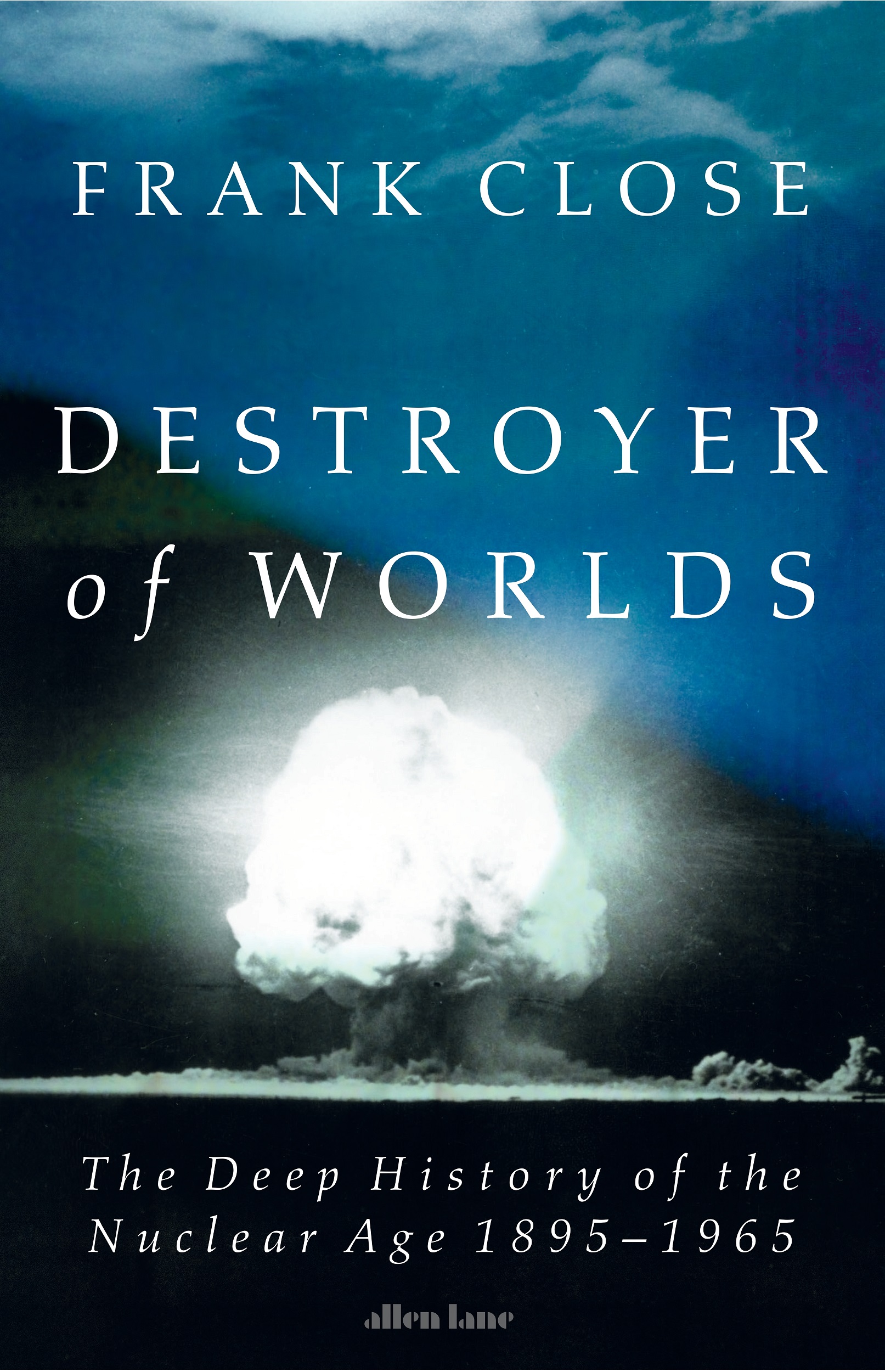
Henry Becquerel’s accidental discovery, in Paris in 1896, of a faint smudge on a photographic plate sparked a chain of discoveries which would unleash the atomic age. Destroyer of Worlds is the story of how pursuit of this hidden source of nuclear power, which began innocently and collaboratively, was overwhelmed by the politics of the 1930s, and following devastation of Hiroshima and Nagasaki opened the way to a still more terrible possibility: a thermonuclear bomb, the so-called “backyard weapon”, that could destroy all life on earth – from anywhere. The story spans decades and continents, moving from Becquerel to Ernest Rutherford, the Cambridge-based, New Zealand scientist who first split the atom, expands to include Enrico Fermi in Rome, Otto Hahn and Lise Meitner in Berlin and the Joliot-Curies in Paris, leading to the appearance of Robert Oppenheimer before climaxing with increasingly horrifying developments in the USA and USSR. The roles of three remarkable women – Lise Meitner, Ida Noddack and Irene Curie – are re-evaluated, and there are new insights into the work of Ettore Majorana, Fermi’s mercurial but brilliant assistant, who mysteriously disappeared in 1938, possibly after foreseeing the explosive power of nuclear energy. Above all, this is a story of how knowledge is often advanced by personal convictions and relationships, an indeed by chance, in a remarkable way.
Author

Francis Edwin Close (Arabic: فرانك كلوس) In addition to his scientific research, he is known for his lectures and writings making science intelligible to a wider audience. From Oxford he went to Stanford University in California for two years as a Postdoctoral Fellow on the Stanford Linear Accelerator Center. In 1973 he went to the Daresbury Laboratory in Cheshire and then to CERN in Switzerland from 1973–5. He joined the Rutherford Appleton Laboratory in Oxfordshire in 1975 as a research physicist and was latterly Head of Theoretical Physics Division from 1991. He headed the communication and public education activities at CERN from 1997 to 2000. From 2001, he was Professor of Theoretical Physics at Oxford. He was a Visiting Professor at the University of Birmingham from 1996–2002. Close lists his recreations as writing, singing, travel, squash and Real tennis, and he is a member of Harwell Squash Club.